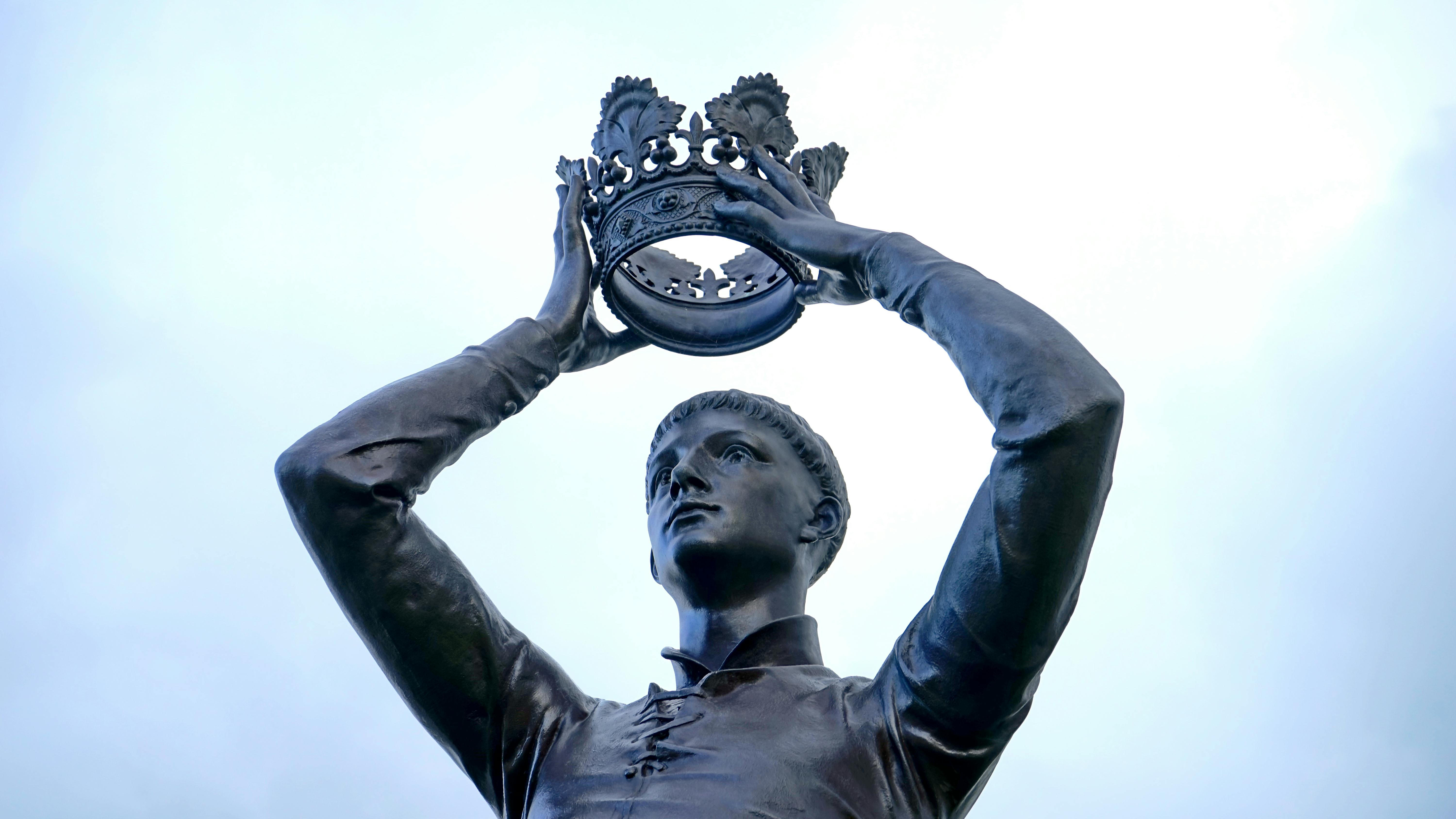King Arthur WAS Real…and Looked Like GoT’s Jon Snow

Copyright Belters® News
A British historian claims to have discovered new evidence proving King Arthur was real – and was a “carbon copy” of Game of Thrones hero, Jon Snow.
Adrian Grant, an author and retired academic, believes Arthur’s temperament, looks, courage and resolve are “strikingly similar” to George RR Martin’s fictional character.
An extensive six-year study concluded that Arthur was born and lived in Leeds, Yorkshire, in a regional stronghold similar to Winterfell, the castle in the north of The Seven Kingdoms in which Snow was raised.
Arthur united the Brittonic armies, including his enemies, to become their ‘Pendragon’ or commander-in-chief in the fight against invading armies north of the Antonine Wall in Scotland.
Snow did the same by uniting the houses of Westeros against their common enemy, the White Walkers, who live beyond The Wall on the Kingdom’s northern border.
His position as Pendragon meant Arthur would have been a fearless fighter and an exceptional strategist – much like Snow, who is known for his swordsmanship and as a seasoned war tactician.
And, like Snow, Arthur was never a king, Grant claims.
The pair may have even looked similar with long hair, beard, and fur cape.
It is unclear whether Arthur would have possessed the same good looks as Snow, who is played by actor Kit Harington in the hit HBO series.
Grant, 70, a leading authority on Arthurian legend, said his research focused exclusively on Arthur’s life and not on Game of Thrones, a show he has never seen.
His study and conclusions appear in new book Arthur: Legend, Logic & Evidence, which is out this week.
But he said that Snow’s character was an apt analogy, and that the parallels between the two men are “surprisingly common and, for the most part, rather accurate”.
Speaking yesterday from his home in Fife, Scotland, Grant said: “I must admit that I have never watched Game of Thrones and neither was I aware of its protagonist, Mr Snow, before a reader made me aware of their similarities.
“After becoming somewhat familiar with Mr Snow, by virtue of the internet, however, it does indeed seem to be the case that the real Arthur and he were a carbon copy of each in many respects.
“They shared a number of characteristics which are strikingly similar, most notably their ability to have united various armies against a single, more powerful enemy.”
Grant’s research, conducted between 2012 and 2018, set out to prove or disprove Arthur’s existence by critically examining the 12 major battles he is believed to have fought.
Unlike other Arthurian ‘experts’, Grant sought empirical evidence from 9th and 10th-Century extant texts like Historia Brittonum and the Annales Cambriae, and from 6th-Century writings from the British monk, Gildas The Wise.
He also drew upon his background as a geographer to determine if the 12 battle sites associated with Arthur were supported or undermined by topography.
His findings, Grants says, prove “beyond any doubt” that Arthur was real.
He has identified Arthur as the son of Masgwid Gloff, a 5th-Century king who ruled over the kingdom of Elmet – a region located in what is now the West Riding of Yorkshire.
Arthur was born, he says, in around 475AD in the kingdom’s capital, Barwick-in-Elmet, a once sprawling stronghold.
Today, the village – seven miles east of Leeds city centre – has just under 5,000 residents.
His family castle would have stood on or near to Hall Tower Hill, an existing mound and ditch once home to an Iron Age fort.
At the age of 15, Arthur was chosen by the chiefs of the ‘Hen Ogled’ or ‘Old North’ – the kingdoms of northern England – as their Pendragon, or Commander-in-Chief.
He was tasked with uniting the region’s armies and defending Brittonic lands to the south of the Antonine Wall from the Picts and Scots.
The wall is a 39-mile-long barrier between Old Kilpatrick in West Dunbartonshire and Carriden on the Firth of Forth, which at the time of its construction in 142AD represented the northernmost frontier of the Roman Empire.
Arthur, who was never made king, developed exceptional military prowess and led 12 successful battles against the Picts and Scots before his death at the battle of Camlann in around 537AD.
Until now, Arthurian experts believed the battles – if they ever took place at all – were fought against the Anglo-Saxons, and not against the Picts and Scots.
The Historia Brittonum, or ‘History of the Britons’, penned by a Welsh monk called Nennius in around 830AD, and the 10th-Century Annales Cambriae, which chronicled events across Britain, are both said to support his conclusions.
“Arthur’s selection as Pendragon was made because, as the son of King Masgwid, he was a suitable figurehead for this position,” Grant said.
“Despite being considered expendable, Arthur excelled in his role. The 12 major battles he fought took place mostly on the sites of former Roman forts, which was a strategically brilliant move given the proven superiority of Roman fortifications.”
He added: “This study was conducted with a view of separating fact from fiction and history from legend. No one had previously examined the subject with a geographer’s eye and without bias.”
Grant said Arthur’s likeness to Jon Snow from Game of Thrones was “uncanny”.
Snow, one of the series’ best-loved characters, is the adopted son of Lord Eddard Stark of Winterfell, an ancient fortress in the north of the fictional continent of Westeros.
He is chosen as Lord Commander of the Night’s Watch and is tasked with keeping the White Walkers from beyond The Wall at bay.
The Wall in Game of Thrones stretches for 300 miles along the northern border of the Seven Kingdoms. Its location on a map of Westeros corresponds almost exactly to the Scottish Antonine Wall that Arthur protected.
Snow, a battle-hardened strategist, later unites the houses of The Seven Kingdoms in the fight against the White Walkers.

Comments are closed.